Delta Force airborne follies, or the dangers of static line jumps
- By George Hand
Share This Article
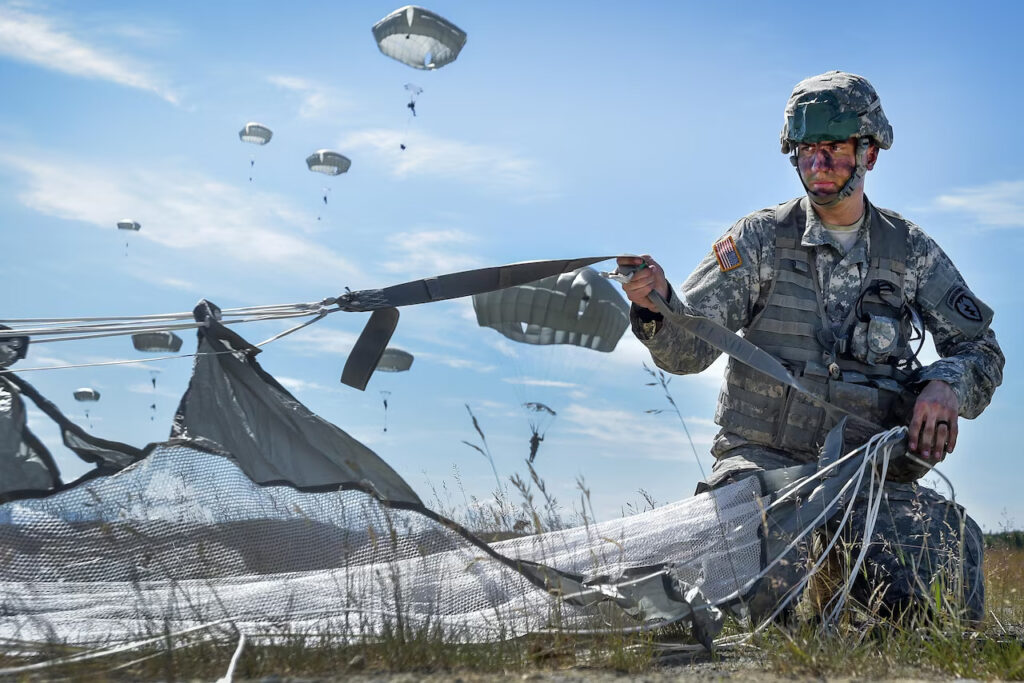
“There I was, and I could have died!” So start many a story about parachuting incidents.
“Did you ever come close to getting killed on one of your parachute operations?” I was once asked.
My answer: “Yes, on all of them!”
It is said that if your main parachute fails to open correctly, you have the rest of your life to deploy your reserve parachute. That was a catchy little adage that would cross my mind before every jump. I was always in heightened alert, ready to deploy that reserve chute if needed.
Parachute operations in Delta Force were almost exclusively High Altitude Low Opening (HALO). My A-Squadron was commanded by an infamous officer who was a diehard fan of getting back to the basics, a trait that he manifested by ordering us to make a low altitude, low opening static line parachute jump; a jump where the parachutes are deployed for the jumpers by a tether upon exiting the aircraft. Typically, in a static jump, if a man jumped from an airplane and did nothing else, he would probably be just fine.
I personally had no qualms with making a static line jump, though the majority of my proud squadron brothers felt the basic jump was somehow beneath them. The commander was painfully aware of this, but made us perform the jumps in any case.
On one jump day, a day which lives in infamy, there were a number of less-than-minor injuries as a result of high winds on the Drop Zone (DZ). The safety officer on the DZ had applied the maximum safe wind velocity factor of a HALO jump rather than the lower factor for static line jumps.
Due to the HALO parachute’s canopy design, the high wind allowable was 13 knots rather than the nine knots for a static-line parachute. Τhe square design of the HALO parachute canopy provided a much higher forward propulsion through the wind than the static line round parachute canopy would, therefore the HALO parachute could counter higher ground winds by turning and flying into them. Therefore, a few extra knots of wind could be detrimental to static line parachute landings.
So it was in this way that we made the jump.
Related: Starman: The Green Beret superhero who was meant to be there
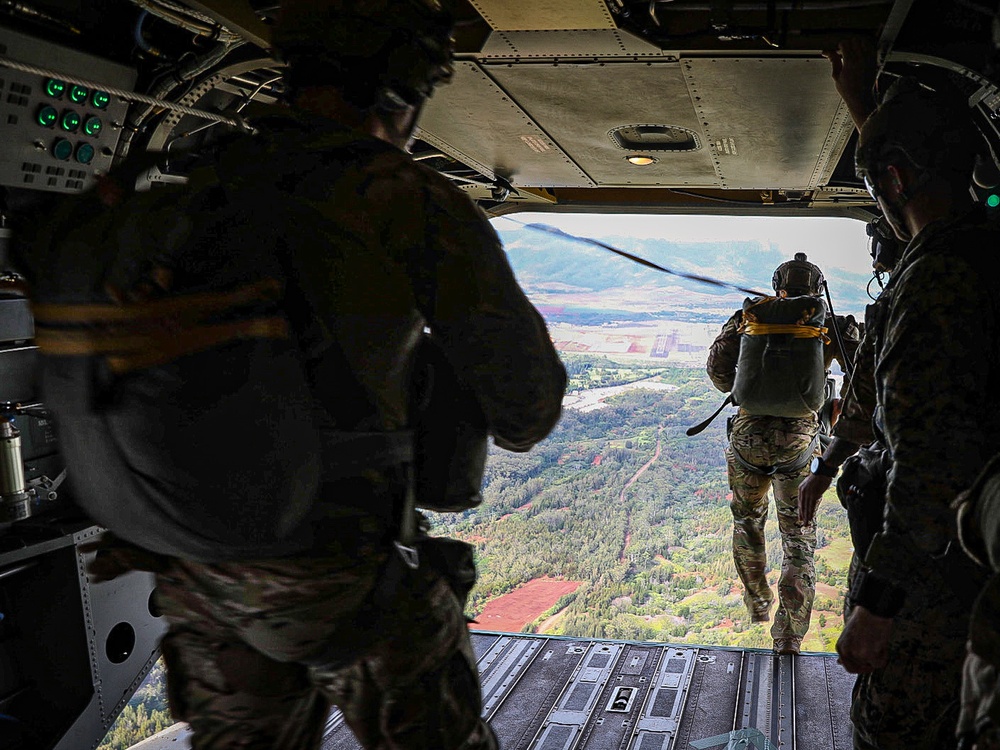
As I descended, drawing closer to the ground, I felt a shock and I watched the ground whiz by under me. I knew I was in for a hard landing. So, I mentally prepared myself for the procedure of disconnecting my canopy from my body to allow it to deflate, which would allow me to recover without being dragged at high speed –being dragged by high wind in a parachute has proven time and again to be fatal.
As I impacted the ground I felt my feet cartwheel up over my head and I immediately started getting dragged by the wind. I detached my canopy on one side allowing the whole parachute to quickly collapse. I was too pumped up to tell if I was seriously banged up, and as I looked around me I could see other brothers being slammed and dragged.
I pulled myself out of the parachute rig and began running for the nearest man being dragged. Running to the top of the canopy I threw my body into it collapsing it; the jumper was fine. Jogging passed another man whose canopy was successfully deflated he asked me from where he lay crumpled in a heap:
“Geo! Man, did you see me come down?”
“Yes I did!” and I had.
“Was my parachute opened?” he half-heartedly queried.
“Ha, ha… yeah, man… it was open, brother!”
I was still chuckling when I ran up on the next man being dragged along by his inflated canopy. There was no joke this time: the man had been knocked unconscious by his hard landing and subsequent dragging.
I got on my radio and called the DZ Safety Officer, bidding him to send the DZ medic right over as soon as possible; I gave him a compass direction and distance where he could find us. Searching the panorama I could see at least one other man being dragged, but he already had a brother working to collapse his canopy. I prayed he was OK.
In all, there were five noteworthy injuries that day including one broken ankle and a cracked rib. The men presented the case that the squadron sustained injuries that constituted a non-deployable status in several of them. That being addressed, the squadron saw the static line jump days quickly fade away.
By Almighty God and with Honor,
geo sends
Feature Image: Airborne troops conduct static-line jump. (U.S. Army)
Read more from Sandboxx News
- These are the drone countermeasures used by the Russian military in Ukraine, according to leaked document
- Air Force is unsure of what the NGAD should do
- Video: 4 new weapons the US is developing in 2025
- The long list of new stealth jets America has in testing
- Does it make sense to invest in a fitness watch?
Related Posts
Sandboxx News Merch
-

‘AirPower’ Classic Hoodie
$46.00 – $48.00 Select options This product has multiple variants. The options may be chosen on the product page -

‘Sandboxx News’ Trucker Cap
$27.00 Select options This product has multiple variants. The options may be chosen on the product page -

‘Kinetic Diplomacy’ Bumper Sticker (White)
$8.00 Add to cart
George Hand
Master Sergeant US Army (ret) from the 1st Special Forces Operational Detachment-Delta, The Delta Force. In service, he maintained a high level of proficiency in 6 foreign languages. Post military, George worked as a subcontracter for the U.S. Department of Energy (DOE) on the nuclear test site north of Las Vegas Nevada for 16 years. Currently, George works as an Intelligence Analyst and street operative in the fight against human trafficking. A master cabinet-grade woodworker and master photographer, George is a man of diverse interests and broad talents.
Related to: Special Operations
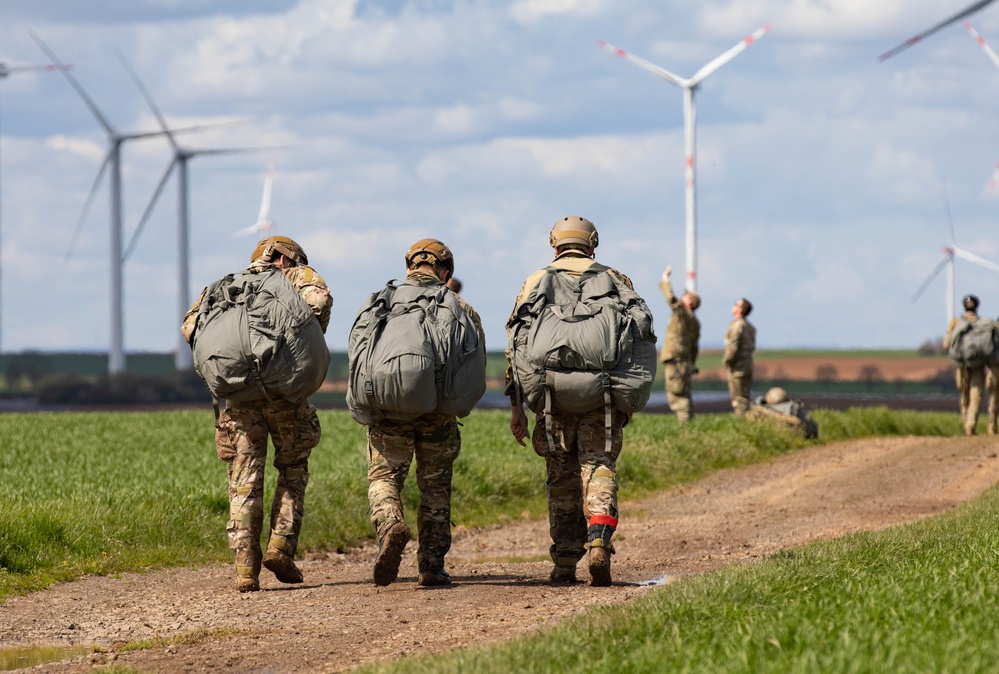
Congress demands answers on low testosterone issues among special operators
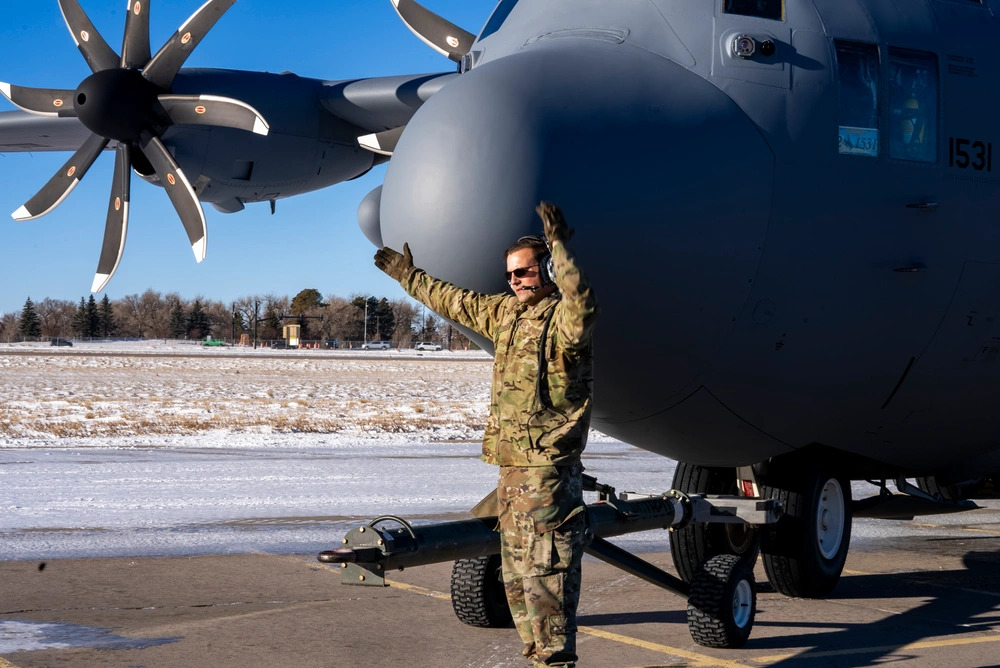
Video: US military sends aircraft to help with LA fires
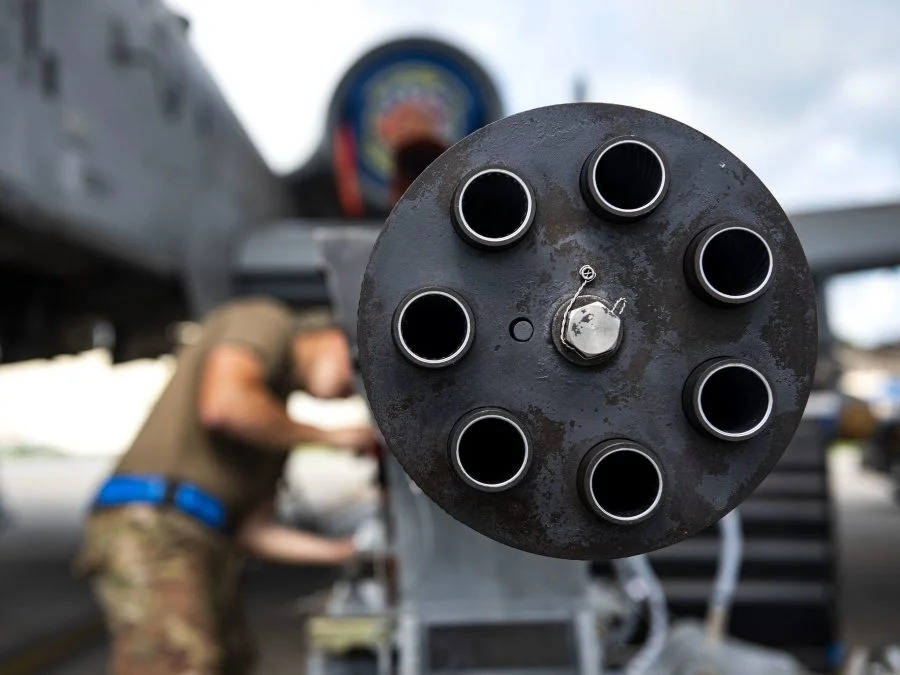
Video: DARPA wants to arms a missile with cannons

How a Delta Force operator celebrated New Year’s in Bosnia
Sandboxx News
-

‘Sandboxx News’ Trucker Cap
$27.00 Select options This product has multiple variants. The options may be chosen on the product page -

‘AirPower’ Classic Hoodie
$46.00 – $48.00 Select options This product has multiple variants. The options may be chosen on the product page -

‘AirPower’ Golf Rope Hat
$31.00 Select options This product has multiple variants. The options may be chosen on the product page -

‘Sandboxx News’ Dad Hat
$27.00 Select options This product has multiple variants. The options may be chosen on the product page
